The Mystery of Round Noses on Modern Submarines
Modern submarines have round noses, also known as bow shapes, primarily for hydrodynamic efficiency, reduced resistance, and improved maneuverability underwater. While the question of whether fish-like shapes are more efficient has been raised, the design of submarine bows involves a complex interplay of factors beyond mere hydrodynamic performance.
The primary reasons for the round nose design in modern submarines include:
Hydrodynamic Efficiency: Curved or rounded shapes generally experience less resistance as water flows around them. This principle helps submarines move more efficiently through the water, requiring less energy to maintain their desired speeds.
Reduced Flow Noise: Submarines generate flow noise as water moves around them, which can interfere with sonar systems' effectiveness. The rounded shape of the bow reduces turbulence and flow noise, enabling better detection of underwater sounds.
Improved Maneuverability: Round-nosed submarines tend to have better maneuverability, allowing them to perform agile movements, change directions quickly, and operate effectively in confined spaces.
Pressure Resistance: The shape of the bow affects how well a submarine can withstand water pressure at different depths. A rounded shape can distribute pressure more evenly, minimizing stress points on the hull.
Space for Equipment: The interior layout of submarines requires space for various equipment, including sonar systems, torpedo tubes, and ballast tanks. The rounded bow provides adequate space for housing these components while maintaining hydrodynamic efficiency.
Design Consistency: Modern submarines have evolved from designs influenced by naval architecture, engineering constraints, and a history of successful designs. This design consistency promotes predictability in performance and maintenance.
While a fish-like shape might appear more hydrodynamically efficient, the challenges of accommodating essential equipment within such a shape, along with considerations of stability, pressure resistance, and maintaining stealth, have led submarine designers to opt for rounded bow designs. The rounded bow strikes a balance between hydrodynamic performance, equipment integration, stability, and other operational requirements.
In summary, while fish have evolved their shapes over millions of years for optimal movement through water, modern submarines face a unique set of challenges and requirements. The rounded bow design has proven to be a practical solution that optimizes hydrodynamic performance, stability, and equipment integration for the specific operational needs of submarines.
-
 0:36
0:36
SWNS
2 years agoTake a look inside this luxury submarine can dive to depths of 300 meters
45 -
 0:59
0:59
Kool Kingdom
11 months agoHistory of the Submarine | Nautilus submersible #shorts
3351 -
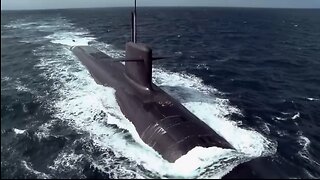 2:29:18
2:29:18
UndeniableTruth
1 year agoDocumentary: Educational: Submarines - Invisible Hunters - Total War in the Seas
1.23K -
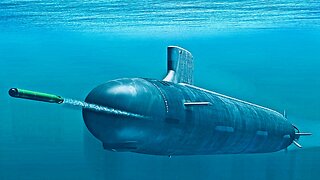 50:12
50:12
Seeker Land
1 year agoWorld's Most Powerful & Deadly Super Submarine - USS Texas - Full Documentary
1.73K1 -
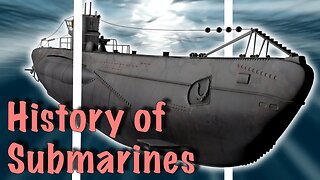 1:48
1:48
Kool Kingdom
11 months agoHistory of the Submarine | Nautilus submersible Ship Class
341 -
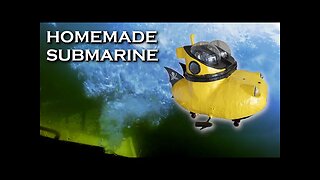 13:06
13:06
Hyperspace Pirate Archive Channel
1 year agoMy Homemade Submarine
35 -
 0:34
0:34
HustleFlow
1 year agoUnveiling the Secrets of the Deep?! #Vlog #Submarine #Navy
285 -
 10:51
10:51
Digital Tahir
1 year agoTop 10 Largest Submarines in the World - The Most Powerful Submarine You Might Not Know
2.25K -
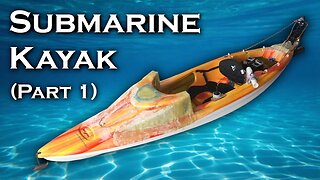 18:02
18:02
Hyperspace Pirate Archive Channel
1 year agoSubmarine Kayak - Part 1
159 -
 7:15
7:15
United by Curiosity
11 months agoHow OceanGate's Titan Submarine Works
251